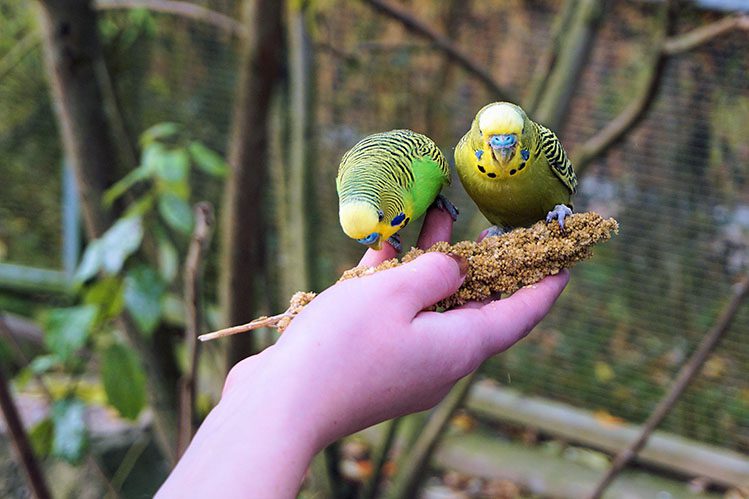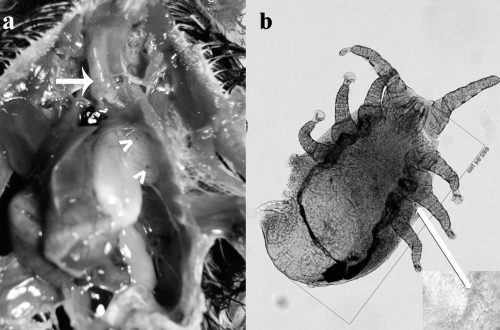
Features of digestion in birds
Little feathered friends give us joy every day. Canaries, finches and parrots do not lose their popularity as pets. However, not all owners are aware of the unique properties of the digestion of their pets and how to keep them healthy for many years to come.
The digestive system of birds has a number of unique features. It changed during evolution in order to reduce the body weight of the bird and allow it to fly.
The primary processing of food in birds does not occur in the oral cavity, as in other animals, but in the goiter – a special expansion of the esophagus. In it, the food softens and is partially digested. In some birds, in particular flamingos and pigeons, the walls of the goiter secrete the so-called “bird’s milk”. This substance resembles a white curd mass and with its help the birds feed their offspring. Interestingly, in penguins, “bird’s milk” is produced in the stomach. This makes it fatter and helps support the chicks in harsh northern conditions.
The stomach of birds is distinguished by the fact that it consists of two sections: muscular and glandular. First, the food, partially processed in the crop, enters the glandular section and is impregnated there with enzymes and hydrochloric acid. Then it enters the muscular section of the stomach, where the actual process of digestion takes place. This part of the stomach has powerful muscles. Due to their reduction, the food is mixed for better soaking with digestive juices. In addition, mechanical grinding of the feed is carried out in the muscular section of the stomach.

In the process of evolution, birds have lost their teeth and therefore cannot grind and chew food. The role of their teeth is played by small pebbles. Birds swallow gravel, pebbles and shell rock, which then enter the muscular section of the stomach. Under the influence of contractions of its walls, the pebbles grind solid particles of food. Thanks to this, healthy digestion and assimilation of all feed components is supported.
In the absence of pebbles in the muscular stomach in birds, inflammation of its wall occurs – cuticulitis. That is why birds need to add special gravel to the feeder (for example, 8in1 Ecotrition gravel). Gravel is necessary for all birds without exception. In its absence, you can notice the selectivity of the bird in eating food. As a rule, a feathered pet begins to refuse hard grains, choosing soft, easily digestible ones. This leads to an imbalance in the diet and, as a result, to metabolic diseases.
Gravel and pebbles that have served their role enter the intestines and exit through the cloaca. After that, the bird again finds and swallows new pebbles.
The intestines of birds are very short, it is emptied quickly.
Such amazing features of the digestion of birds provide a decrease in their body weight and are an adaptation for flight.
Do not forget about high-quality food and the presence of gravel in the cage, and your winged friend will always delight you with his health and activity.





